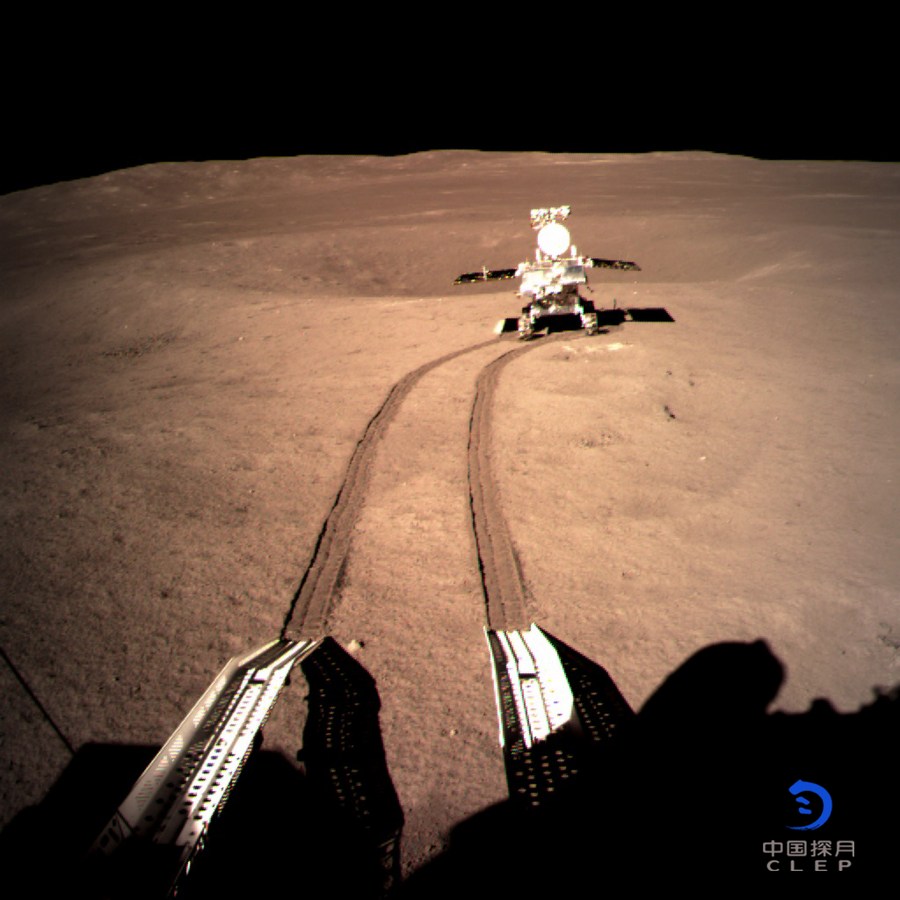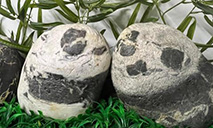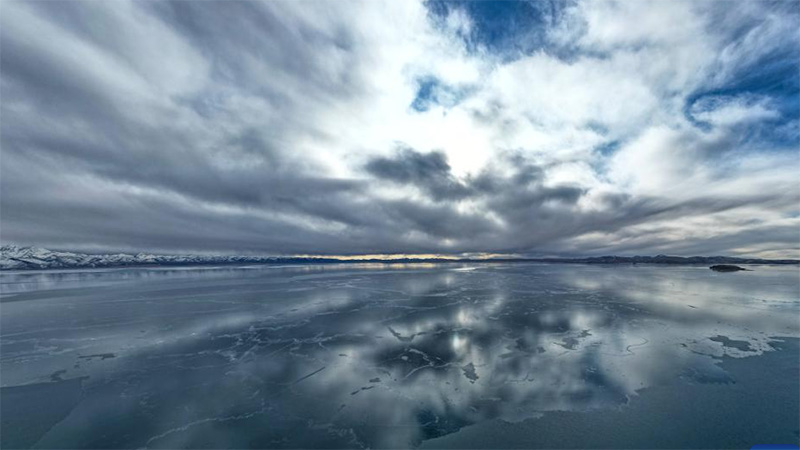Chinese lunar rover's 2-year travelogue on moon's far side reported

Photo provided by the China National Space Administration (CNSA) on Jan. 4, 2019 shows image of Yutu-2, China's lunar rover, at preset location A on the surface of the far side of the moon. (Xinhua/CNSA)
BEIJING, Jan. 20 (Xinhua) -- Chinese scientists published the country's lunar rover travelogue of its first two years of service that depicted the unique and untrodden moonscape on the moon's far side, revealing its notable differences with the near side with in situ evidence.
The study published on Thursday in the peer-reviewed journal, Science Robotics, described cloddy soil, gel-like rocks, and fresh small craters inside the Von Karman crater in the South Pole-Aitken Basin.
Researchers from Harbin Institute of Technology and Beijing Aerospace Control Center analyzed the locomotive data and images collected by Yutu-2, offering detailed geological knowledge at the landing site that can help deepen people's understanding of the moon's formation and evolution.
Chang'e-4 probe and the rover landed on the Von Karman crater on Jan. 3, 2019. The rover has already worked for three years, surviving its initial three-month designed lifetime.
BUMPY ROAD
During its journey, Yutu-2 slipped and skidded, indicating the terrain it landed on is scattered with local gentle slopes, although relatively flat at large scales.
The rover, a six-wheeled off-road robot equipped with four steering motors on the corner wheels with a meshed surface, is capable of climbing up 20-degree slopes and surmounting obstacles up to 200-mm high.
The paper revealed that, during the rover's drive to a point for mutual shooting with Chang'e-4 probe, its wheels were almost bolstered by wheel lugs, but sometimes sank slightly into the terrain and experienced moderate seepage into the wire mesh screen.
CLODDY SOIL
The researchers used the rover wheel as a trenching device to estimate the properties of the lunar soil.
They found that the bearing property of the regolith is similar to that of dry sand and sandy loam on Earth, stronger than the typical lunar soil of Apollo missions.
But they estimated, based on the cloddy soil observed in Yutu-2's wheels, that the soil there is stickier than the landing site of its predecessor Chang'e-3 which soft-landed on the moon's Bay of Rainbows in Dec. 2013, according to the study.
The researchers attributed the increased soil cohesion to the higher percentage of agglutinates in the regolith, which make the soil particles more likely to hold together when ground by the wheels.
Since the blocky soil has adhered onto the rover's wheel lugs instead of its meshed surface, they suggested that the lug's surface could be coated with a special anti-adhesion material in future missions to improve the machine's ability of traction.
FRESH CRATERS
On its eighth lunar day, Yutu-2 risked exploring a two-meter crater and detected an unexpected gel-like material at the crater base.
The dark greenish, glistening material is likely to be an impact melt rock, or impact-generated glass-coated breccia, a kind of rock composed of sharp fragments embedded in a fine-grained matrix, according to the study.
Then, Yutu-2 halted, rather than driving down along the steep crater wall, for fear that the wheels' dwindling drawbar pull was not strong enough to get the rover back, the researchers said.
Despite this, the rover has "punched cards" along multiple fresh craters in its first 25 lunar days. Its cameras captured images of a broad variety of craters, according to the study.
Among them are heavily degraded craters with gentle slopes and flat edges, and craters with grain-size ejecta, varying from particles to clods.
The craters with ejecta were observed to have coarse walls and bottoms, with those throw-outs either evenly or unevenly distributed, the findings revealed.
The researchers said that those ejecta craters are not primary but secondary ones that were formed by a bigger crater located to the west of the landing site, since all of them oriented to the northwest in line with the horizontal component of the impact force.
Ding Liang, the paper's first author with Harbin Institute of Technology, said that the findings established a foundation for in-depth studies in China's subsequent lunar missions.
"Legged robots and hybrid wheel-legged robots to tethered rovers can be considered for future lunar crater or cave exploration," said Ding.
Photos
Related Stories
Copyright © 2022 People's Daily Online. All Rights Reserved.










